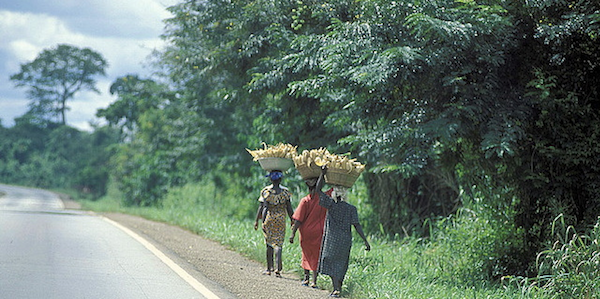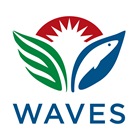
As a follow-up to the workshop on forest accounting in May 2014, organized by the Wealth Accounting and Valuation of Ecosystem Services Partnership (WAVES) in Washington, DC, work will begin in Ghana and Mexico to explore the potential for forest accounts.
The workshop, which brought together over 80 participants from 20 countries, provided a platform to discuss opportunities for mainstreaming forest accounting into development policy. It was a first step towards creating a dynamic Community of Practice on forest accounting, to allow for greater knowledge sharing and provide a system of support for countries implementing these accounts.
Ghana and Mexico are two of eight countries that are part of the Forest Investment Program (FIP), a targeted program of the Strategic Climate Fund (SCF), which is one of two funds within the framework of the Climate Investment Funds (CIF). The FIP supports developing country efforts to reduce deforestation and forest degradation and promote sustainable forest management that leads to emissions reductions and enhancement of forest carbon stocks (REDD+).
Representatives from seven of the eight FIP countries attended the workshop—Brazil, Democratic Republic of Congo, Indonesia, Mexico, Burkina Faso, Ghana, and Peru. They included both high-level government officials and technical experts.
The WAVES Team sat down with FIP Senior Program Coordinator, Andrea Kutter, who discussed the benefits of programs working together to achieve positive results.
Q: What do you think FIP countries can gain from conducting forest accounts?
Most of these countries are involved in the REDD+ process and also have large-scale finances available from FIP ($40-70 million per country to implement REDD+ investments such as policy reforms and community based forest management).
Since most drivers of deforestation come from outside of the forest, you have to manage the wider landscape and dynamics between land-use systems. Hence, REDD+ investments are often complex but create multiple benefits. Many FIP pilot countries are grappling with how to measure the benefits these investments create.
Since FIP is a climate-related fund, the number one indicator is carbon emissions. The countries have limited capacity to take account of the wealth that lies in forest resources. Some have hardly any information on the benefits of forests, such as ecosystems services or the value of non-timber forest products. That is where the match with WAVES and natural capital accounting comes in. The countries are trying to measure the results from our FIP investments but they have enormous institutional challenges to come up with reliable and meaningful numbers.
Q: Do you think that tying forest management to the larger economy will be a way to move FIP forward? What role can WAVES play in this?
We invited our FIP country reps (to the WAVES workshop) because we strongly believe that the FIP focal points would really benefit from that new knowledge in order to use it in their work. It is really beneficial for them to come together to exchange information and to cultivate relationships so they can call on each other for advice and support—there is a lot going on in the eight countries.
The timing is really very fortunate. FIP is early in implementation and most projects are in the preparation phase. There is still a potential to include new ideas or shift focus. This will also help to build in-country capacity and influence monitoring and reporting methods. This information can inform if they are going in the right direction and help them to open up and reach out to others sectors of the economy.
Q: How can FIP and WAVES work together moving forward?
There are a lot of opportunities for collaboration on technical focal points, joint workshops, and collaboration on missions. WAVES could reach out to FIP representatives to attend regional meetings and vice versa. Working with WAVES can help FIP fine-tune the toolkit we are working on to see how countries react to it.


